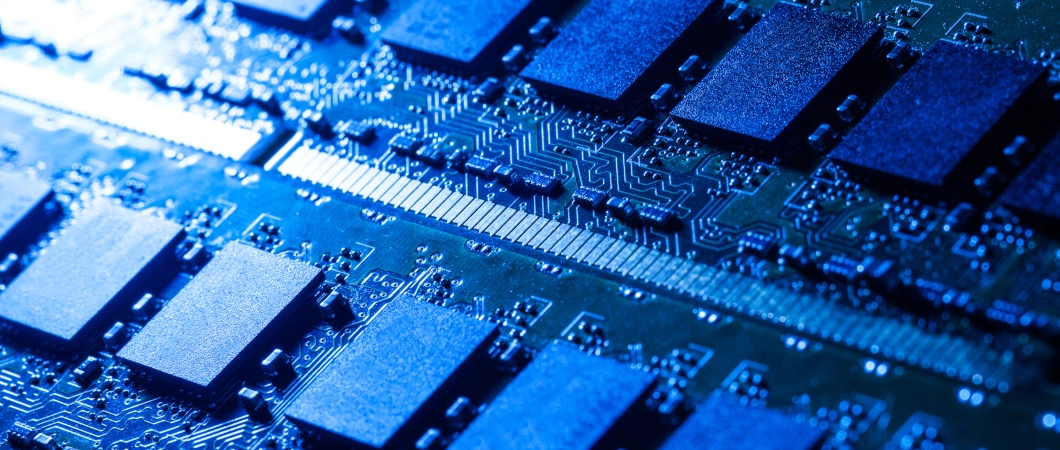The Importance of Server Memory Usage Monitoring
In today's digital world, where websites and applications play an important part in our everyday lives, server performance and dependability are vital. The server's memory use is one critical factor that must be closely monitored. Effective memory utilization monitoring and management may make a significant impact in the server's overall performance, stability, and user experience. In this blog article, we will look at why tracking server memory utilization is important, as well as the benefits it provides to both organizations and end users.

Ensure Maximum Performance
Server memory serves as a temporary storage area for programs, processes, and data that are currently operating. Memory utilization monitoring helps admins to verify that there is enough memory available to manage the server's demand. Inadequate memory can cause poor performance, longer reaction times, and even program failures. Administrators may detect possible bottlenecks and take proactive efforts to increase server performance by actively monitoring memory utilization, resulting in a smoother and more responsive user experience.
System Failure Prevention
When memory utilization is not monitored, it can lead to severe system problems. If the server's memory is totally depleted, it may crash, resulting in downtime and possibly data loss. Memory leaks, which occur when applications do not release memory after usage, have the potential to steadily drain available memory resources. Administrators can discover memory leaks and take remedial steps by monitoring memory use before they cause catastrophic system problems. This proactive strategy reduces the possibility of unplanned downtime and guarantees that the server stays robust and trustworthy.
Identifying Problems with Resource Allocation
Server memory is a limited resource that must be efficiently divided across multiple applications and processes. Monitoring memory utilization gives administrators insight into resource allocation patterns, allowing them to discover any imbalances or excessive resource consumption by certain programs. By addressing these challenges, administrators may optimize resource allocation, enhance overall system efficiency, and guarantee that memory resources are distributed fairly among programs, therefore improving performance and stability.
Capacity Planning and Scaling
The ability to track memory use trends over time aids in capacity planning and scalability. Administrators can spot patterns and estimate future memory requirements by studying historical data. This data is crucial when it comes to planning server upgrades, expanding infrastructure, and properly allocating resources. Businesses can make educated decisions, guarantee optimal resource use, and prevent excessive spending on underutilized or overworked servers with precise memory consumption information.
Monitoring server memory utilization is an essential component of server administration. Administrators may use it to maintain optimal performance, prevent system failures, identify resource allocation issues, and prepare for future capacity requirements. Businesses may increase server performance, user experience, and maintain a stable and dependable infrastructure by prioritizing memory monitoring. Tracking memory consumption on a regular basis enables administrators to take proactive actions, decreasing downtime, optimizing resource utilization, and ultimately delivering smooth digital experiences to end users.
Let's try! Find out the health of your servers
Start Your 14-Day Free Trial
Let us show you how easy it is to monitor servers
